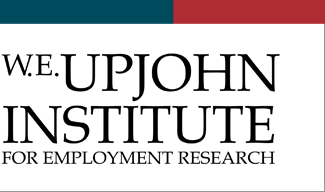Publication Date
3-28-2025
Series
Upjohn Institute working paper ; 25-413
DOI
10.17848/wp25-413
Abstract
We use novel surveys of firms and workers, linked to administrative employer-employee data, to study the prevalence and importance of individual bargaining in wage determination. We show that simple survey questions accurately elicit firms’ bargaining strategies. Using the elicited strategies for 772 German firms, we document that the majority of firms are willing to engage in individual wage bargaining. Labor market factors predict firms’ strategies better than firm characteristics. Survey responses from nearly 10,000 full-time workers indicate that most worker-firm interactions begin with the worker rejecting the offer and remaining at the incumbent firm. There is substantial heterogeneity in workers’ bargaining behavior, which translates into within-firm wage inequality. Firms that set pay via individual bargaining have a 3 percentage point higher gender wage gap.
Issue Date
March 2025
Note
Upjohn project #58161
Sponsorship
W.E. Upjohn Institute for Employment Research Early Career Research Award No. 22-58161-01, University of California, Berkeley Department of Economics, and the Joachim Herz Foundation
Subject Areas
LABOR MARKET ISSUES; Unions and collective bargaining; Wages, health insurance and other benefits; Inequality
Get in touch with the expert
Want to arrange to discuss this work with the author(s)? Contact our .
Included in
Citation
Caldwell, Sydnee, Ingrid Haegele, and Jӧrg Heining. 2025. "Bargaining and Inequality in the Labor Market." Upjohn Institute Working Paper 25-413. Kalamazoo, MI: W.E. Upjohn Institute for Employment Research. https://doi.org/10.17848/wp25-413

